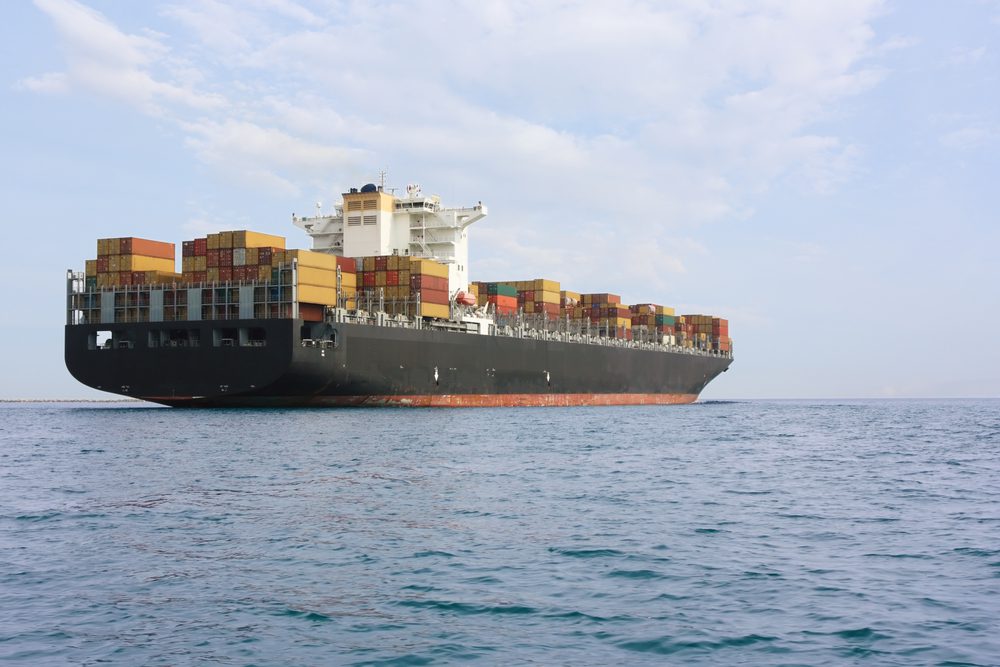A staggering 60% year-on-year increase in container shipping imports from China into Mexico in January 2024 is triggering suspicions of Mexico turning into a ‘backdoor entry into the US,’ according to freight benchmarking firm Xeneta.
With number of TEUs shipped increasing from 73,000 in January 2023 to 117,000 in January 2024, Xeneta analysts now regard this as one of the most robust trade lanes in the world.
The growth pattern in recent years has been equally noteworthy. Xeneta notes there was a 34.8% surge in container shipping between China and Mexico in 2023, a massive leap from the modest 3.5% growth in 2022.
Xeneta’s Chief Analyst, Peter Sand, highlights the potential correlation between the escalating trade war, increased tariffs on goods imported from China to the US, and the booming trade between China and Mexico. “The strength in trade between China and Mexico was building during 2023, but the latest data for January 2024 reveals a massive increase. It is probably the fastest-growing trade on planet Earth right now,” he said.
Sand further pins the escalating trade on importers’ strategy to circumvent US tariffs, as a significant proportion of the goods arriving in Mexico likely find their way into the US. “In a purely hypothetical scenario, if this growth rate continues, by the year 2031 there will be more containers imported from China into Mexico than the US West Coast. That demonstrates just how rapid the increasing rate of demand for ocean freight shipping has been,” Sand said.
While Mexico’s West Coast ports are emerging as a feasible alternative to direct arrivals into the US West Coast, Sand warns of potential volatility in the ocean freight shipping market as volumes continue to rise. In fact, the long-term rates for ocean freight shipping from China to Mexico’s West Coast have fluctuated compared to rates into the US West Coast, with the rates converging to almost the same level on 14 March this year.
Sand concludes, “A maturing trade is also a potentially volatile trade in terms of both the cost of ocean freight shipping rates and service reliability. If importers are choosing to switch ocean supply chains to the Mexico West Coast, there are risks associated with it. This is a prime example of how the ‘best option’ for shippers is likely to change over time as the market develops.”

 Join The Club
Join The Club










